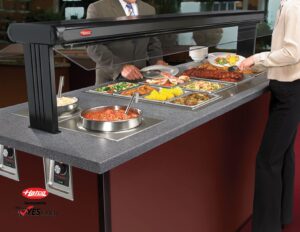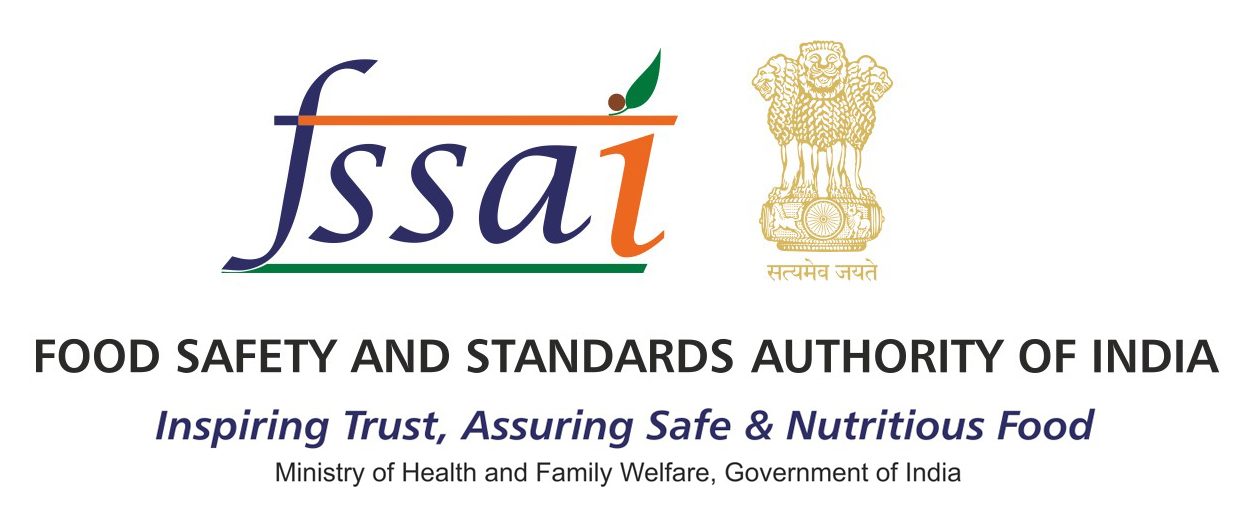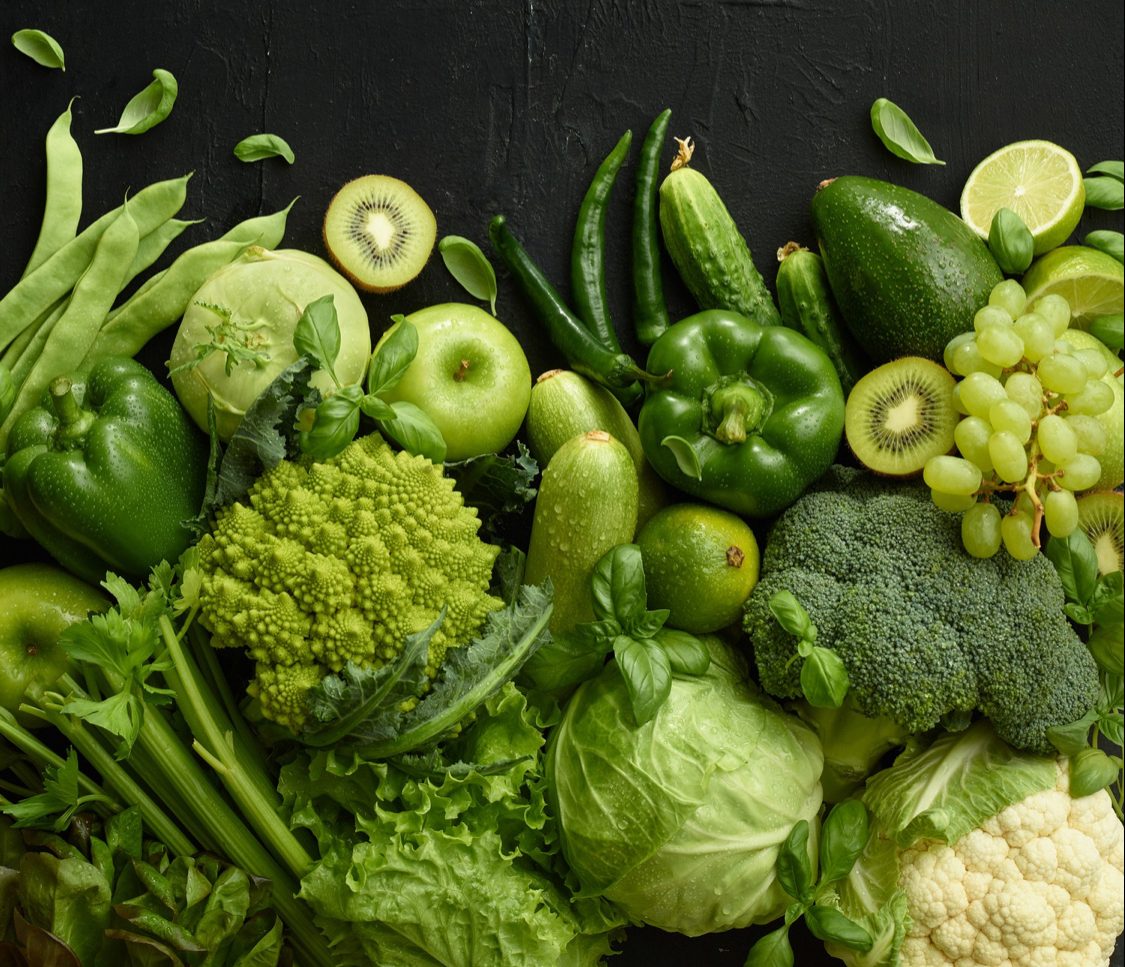Buffets are fun—you get to pick what you like, try different dishes, and go back for seconds. But behind the variety and convenience, there can be hidden hygiene risks. It’s easy to overlook signs that a buffet isn’t handling food safely. How the food is stored, how it’s served, and how clean the area looks all matter. If safety standards aren’t followed, you could end up with more than just a full plate—you might risk foodborne illness. Learning to spot a few simple red flags can help you enjoy your meal without worry. Here’s what to look out for.
New Food Dumped on Old Trays
This is one of the most common—but most risky—things that happen at a buffet. Staff may try to save time by adding fresh food to trays that still have some leftover portions in them. While this might seem harmless, it can lead to serious food contamination. The food at the bottom of the tray could have been sitting out too long, exposed to warm temperatures or multiple people’s serving spoons. Adding new food on top doesn’t fix that—it just mixes the safe with the potentially unsafe. What’s the safer way? Fresh food should always be placed in a clean, empty, sanitised container. If you notice trays being “topped off” instead of replaced, it’s best to avoid that dish.
Raw and Cooked Foods Too Close Together
Another major concern is cross-contamination, especially if raw and cooked foods are displayed close to one another or use the same serving tools. For example, if raw meat or seafood is displayed near salads, fruits, or cooked items—and they share tongs or serving spoons—bacteria from the raw items can easily spread. This is one of the leading causes of foodborne illnesses. Safe buffets separate food zones and ensure raw items are handled away from ready-to-eat options. Watch where things are placed—and whether each dish has its utensil.
Staff Not Wearing Gloves or Using Bare Hands

Gloves aren’t always legally required, but they are a strong indicator of a food establishment’s hygiene standards. If the staff handling food, restocking trays, or managing serving utensils are not wearing gloves—or worse, not washing their hands between tasks—it’s a big hygiene red flag. Even if gloves are worn, they should be changed regularly. A glove used for handling raw food shouldn’t be used again to handle serving utensils or dishes without being changed. If you see bare hands touching food or utensils, it may be time to reconsider your plate.
Food Not Held at Safe Temperatures
This one is critical. Food that is left in the “danger zone” (between 40°F and 140°F or 4°C to 60°C) for too long becomes a breeding ground for harmful bacteria like Salmonella or E. coli. Hot dishes should be visibly steaming or kept on heated trays or burners. Cold dishes like salads or desserts should be on ice beds or in refrigerated sections. Touch the serving spoon and check how the food feels. If it’s room temperature and isn’t meant to be, skip it. Food should never be lukewarm unless it’s meant to be served that way.
No Sneeze Guards or Shared Serving Utensils

Sneeze guards—those clear shields over buffet trays—aren’t just for looks. They’re designed to protect food from germs that spread through talking, coughing, or sneezing. If a buffet doesn’t have them, that’s a serious hygiene miss. Also, each dish should have its dedicated serving utensil. Sharing spoons or tongs between trays increases the risk of contamination, especially if someone touches the food or returns a utensil after it’s fallen. A well-run buffet will take these precautions seriously.
Be Buffet-Smart
Buffets may look inviting, but poor hygiene and food handling can turn a tasty meal into a health hazard. Problems like lukewarm food, cross-contamination, or careless staff practices often go unnoticed until it’s too late. The good news? You don’t need to avoid buffets altogether—you just need to stay alert. Watch how food is stored and served, check for cleanliness, and don’t ignore warning signs. If something seems off, walk away. A little caution goes a long way in protecting your health. Safe dining isn’t about avoiding buffets—it’s about choosing the right ones and knowing what to look for.
 Food Manifest
Food Manifest 


















